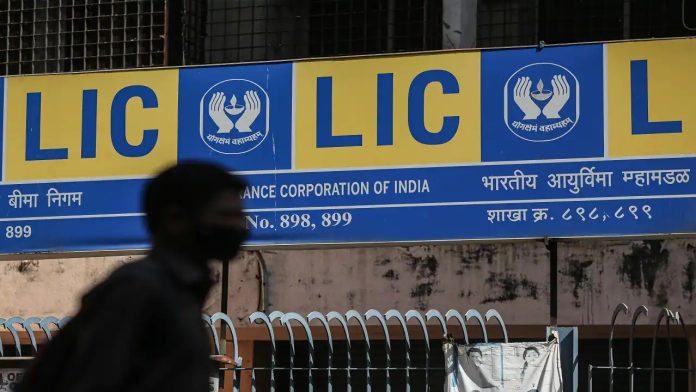Under cc, the customer gets an opportunity to select two policy terms. The customer can take a policy term of 10 years or 15 years according to his convenience. The most important thing is that LIC gives the benefit of Guaranteed Addition on the premium amount.
Life Insurance Corporation i.e. LIC has started a new scheme named Dhan Varsha Policy. Dhan Varsha policy is a single premium plan in which you have to pay premium once. Dhan Varsha policy is a savings as well as a life insurance plan that has a one-time investment and gets the benefit of guaranteed maturity along with life cover for life.
Under Dhan Varsha policy, the customer gets an opportunity to select two policy terms. The customer can take a policy term of 10 years or 15 years according to his convenience. The most important thing is that LIC gives the benefit of Guaranteed Addition on the premium amount. The customer gets a guaranteed addition of Rs 75 per thousand deposited amount.
In LIC Dhanvarsha policy, the customer gets the right to choose the sum assured amount. Sum assured can be taken up to 10 times the premium amount. That is, if you take this policy for a premium of Rs 50 thousand, then you can take a policy of sum assured of Rs 5 lakh. This policy is non linked, non participating. There are individual, savings and life insurance plans.
Suppose a person of the age of 30 years invests in LIC Dhan Varsha and pays a lump sum premium of Rs.8,86,750 (Rs.9,26,654 including GST), then the sum assured will be Rs.11,08,438 while the Basic Sum Assured will be Rs.10. lakh will be of Rs. If the policy term is 15 years, he will get Rs 21,25,000 on maturity and a minimum of Rs 11,83,438 in case of death in the first year and Rs 22,33,438 in case of death in the 15th year.
Under the second policy option, if a person invests Rs.8,34,642, the Basic Sum Assured will be Rs.10,00,000 and the Sum Assured on Death will be Rs.79,87,000. Loan under this plan at any time during the policy term after three months of completion of the policy (ie 3 months from the date of issue of the policy) or after the end of the free-look period, whichever is later can be taken.















